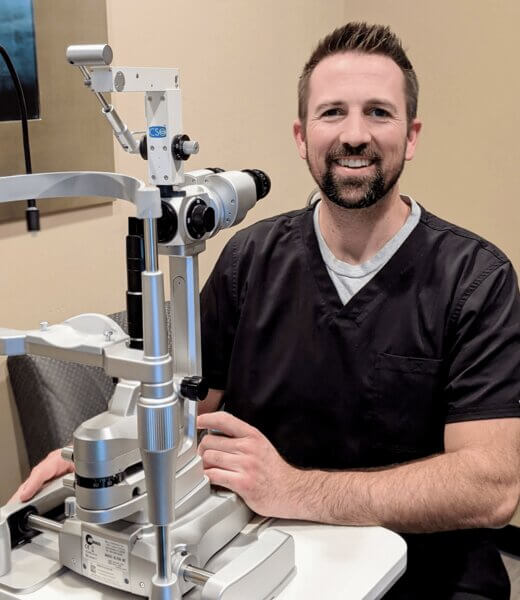Myopia and Hyperopia are fancy, intimidating words to some people. Bu did you know that according to the National Eye Institute, approximately 150 million people have refractive errors like myopia and hyperopia? If myopia and hyperopia are so common, why haven’t more people heard about them?
Chances are, you have. Myopia and hyperopia are really just fancy ways to say “nearsightedness” and “farsightedness,” respectively. There, no more intimidation! However, for the hundreds of millions of Americans of all ages living with myopia and hyperopia, this clarity does not mitigate the struggle to see clearly either up close or at a distance.
To begin, let’s discuss the difference between hyperopia and myopia… and then let’s dive into everything else you need to know about all four major refractive errors.
Refractive Errors: The Difference Between Hyperopia and Myopia
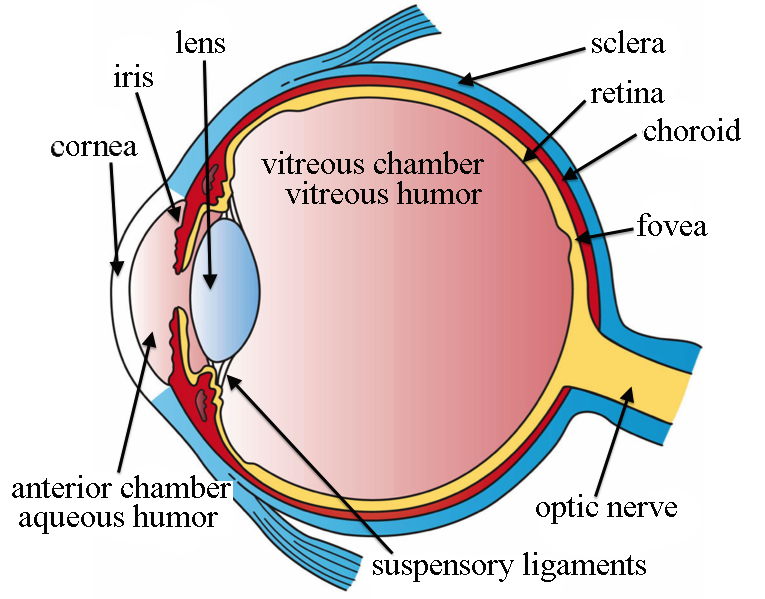
This image shows the basic structure of the eye with the three main layers visible. Artwork by Holly Fisher, University of Michigan
Myopia and hyperopia are both classified as “refractive errors” and not eye diseases. For someone who sees within the normal field and scope of vision, light bounces off of an object and then passes through their corneas, then their pupils in the center of the iris, and then through the lenses inside of their eyes.
In this way, the iris acts as nature’s camera lenses, by automatically opening and closing to adjust the total amount of light entering the eyes. However, if you have a refractive error, the natural shape of your eye causes light to focus inaccurately onto your retina.
This “error” can cause myopia (most common), hyperopia (less common… even astigmatisms and presbyopia, which we will discuss in a little bit. For the moment though, the main differences between hyperopia and myopia are that:
- Myopia affects approximately 40% of the population. It is generally diagnosed in children between 8 to 12 years of age, and generally stabilizes between the ages of 20 and 40.
- Hyperopia is much less common, affecting between 5% to 10% of the population. It can go undiagnosed in childhood, which makes it more prevalent in adults.
Now that we have a basic understanding of these two refractive errors, let’s discuss what causes nearsightedness, or myopia.
What Causes Nearsightedness, or Myopia?
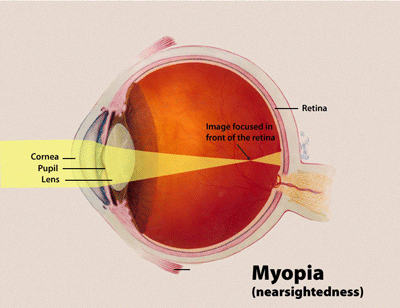
Diagram of Myopia in the human eye. Image from the National Eye Institute.
The cause of nearsightedness, or myopia, is the length of the eyeball. Nearsightedness develops when the eyeball is too long. This causes light rays to land in front of the retina, rather than focusing precisely on the retina. Nearsightedness is genetically shared, so children diagnosed with myopia generally have parents who are also nearsighted.
What Causes Farsightedness, or Hyperopia?

Diagram of Hyperopia in the human eye. Image from the National Eye Institute.
The cause of farsightedness, or hyperopia, is also the length of the eyeball. Because hyperopia is the opposite of myopia, hyperopia develops when the eyeball is too short. This causes light rays to focus behind the retina. Similar to nearsightedness, farsighted children generally have farsighted parents. However, some children who are born farsighted can actually “outgrow” this refractive error, as their eyeball grows and lengthens during the natural aging process.
Signs and Symptoms of Hyperopia
There are two primary types of age-related Macular Degeneration: Wet Form and Dry Form. By performing a retinal eye scan, your optometrist can detect both forms.
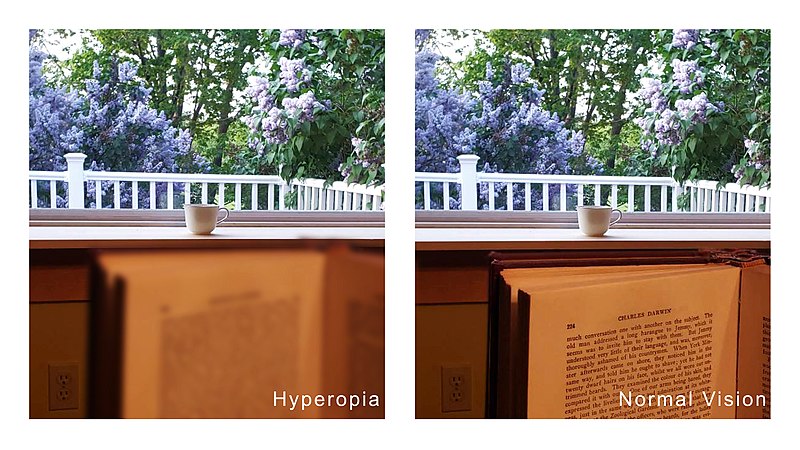
Being far-sighted causes blurriness in objects close to the eye. Image by David Jueng
The signs and symptoms of hyperopia are easy to spot. People with hyperopia can see objects very well if they are far away, but objects nearby or close-up appear blurry. This can include when you are watching television, movies, operating a motor vehicle, or doing anything else that requires short-range vision. At close range, signs and symptoms of hyperopia can manifest as eye strain or fatigue, headaches and squinting… as well as halos around lights, and even double vision in more severe cases.
If you experience any signs or symptoms of hyperopia while wearing your glasses or contact lenses, we recommend scheduling an eye exam with your trusted eye care provider to see if a different prescription can help.
Signs and Symptoms of Myopia

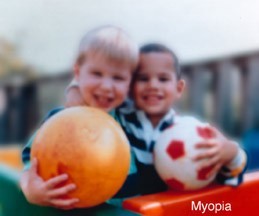
The signs and symptoms of myopia are also easy to spot. People with myopia can see objects very well if they are up close, but objects at a distance appear blurry. This can include when you are reading, using a smartphone, tablet or computer, driving, watching television or a movie, or anything else that requires long-range vision. Other signs and symptoms of myopia include eye strain and fatigue, headaches and squinting… as well as halos around lights, and even double vision in more severe cases.
If you experience any of these signs or symptoms of myopia while wearing your glasses or contact lenses, we recommend scheduling an eye exam with your trusted eye care provider to see if a different prescription can help.
Myopia, Hyperopia and Astigmatism… Oh My!
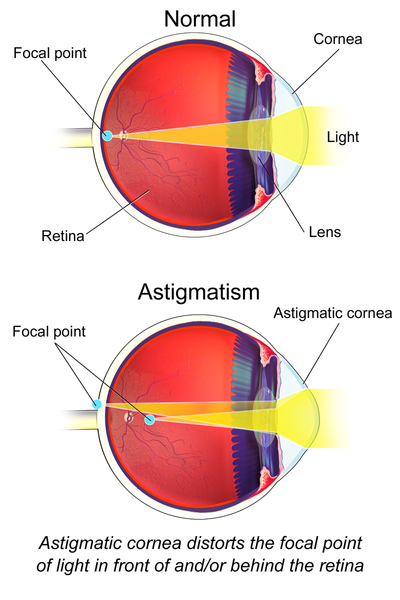
You would not believe how many times we get asked about myopia, hyperopia and astigmatism in relation to one another! Although myopia, hyperopia and astigmatism are all refractive errors, astigmatism is fundamentally different from these other two. Specifically, if you have astigmatism, it means the shape of the cornea itself is uneven.
It might be curved more in one direction than the other, or maybe even have different areas with different curvatures. With astigmatism, blurry vision results from the scattering of light rays. This causes those light rays to come into focus at different spots on the retina, instead of forming as one uniform, sharp image.
What is Presbyopia?
Presbyopia is a refractive error that is also a natural byproduct of the aging process. If you have presbyopia, the lens inside of your eye becomes less malleable and thus, less able to change shape in response to the need for more or less refractive capabilities. As a result, the eye becomes unable to focus light from nearby objects with the proper level of clarity. Seeing objects clearly from up close then becomes an issue. The leading sign of presbyopia is the need for people over the age of 35 to hold books far away from their eyes to see words and/or images clearly. Eyeglasses are generally the most common treatment for presbyopia.
Medical and Natural Treatment for Nearsightedness
There are both medical and natural treatment options for nearsightedness. Medical treatment includes refractive surgery, glasses or contact lenses. Depending on severity, a nearsighted person might require glasses or contact lenses part or all of the time.
Transition lenses that protect from harmful UV rays, Hi-Index lenses, and glasses with anti-glare coating are all excellent choices for treating nearsightedness. Nearsighted prescriptions start with a minus sign, i.e. -2.50. A higher number indicates stronger nearsightedness.
According to the Mayo Clinic, nearsightedness cannot be prevented. However, you may be able to naturally slow its progression through habits and behaviors including:
- Regular Eye Exams
- Protect Eyes from Sunlight
- Don’t Smoke
- Eat a Healthy Diet
- Use Good Lighting
- Use Corrective Lenses
- Reduce Eyestrain
Medical and Natural Treatment for Farsightedness
There are both medical and natural treatment options for farsightedness too. Medical treatments include refractive surgery, glasses or contact lenses that can help change the way light rays bend into the eyes. When selecting eyeglasses to correct farsightedness, aspheric Hi-Index lenses are an excellent choice… especially for stronger prescriptions. They are lighter, thinner and aesthetically speaking, have a slimmer, more attractive look.
Aspheric lenses also reduce the unsightly magnified “bug-eyed” appearance stronger prescriptions can often cause. Keep in mind that these lenses do tend to reflect more light than standard ones. To maintain the highest standard in both appearance and comfort, be sure to opt for anti-reflective coatings. Farsighted prescriptions start with plus numbers, like +2.50. Again, the higher the number, the stronger the farsightedness.
According to the Mayo Clinic, and like nearsightedness, farsightedness cannot be prevented. However, you may be able to naturally slow its progression through habits and behaviors including:
- Regular Eye Exams
- Protect Eyes from Sunlight
- Don’t Smoke
- Eat a Healthy Diet
- Use Good Lighting
- Use Corrective Lenses
- Reduce Eyestrain
Get Your Eyes Tested for Myopia or Hyperopia
It is very important that healthy adults get their eyes tested annually for myopia or hyperopia. This can be done as part of your comprehensive annual eye exam. Adults with pre-existing conditions or diagnoses should consult their trusted eye care professional for their proper check-up frequency. Children should also get regular eye exams, as undiagnosed conditions in childhood can interfere with learning and development. If you live in the Metropolitan Phoenix area, we welcome you to contact us to schedule a comprehensive eye exam for you and your family… or with any other questions you might have about getting your eyes tested for myopia or hyperopia.


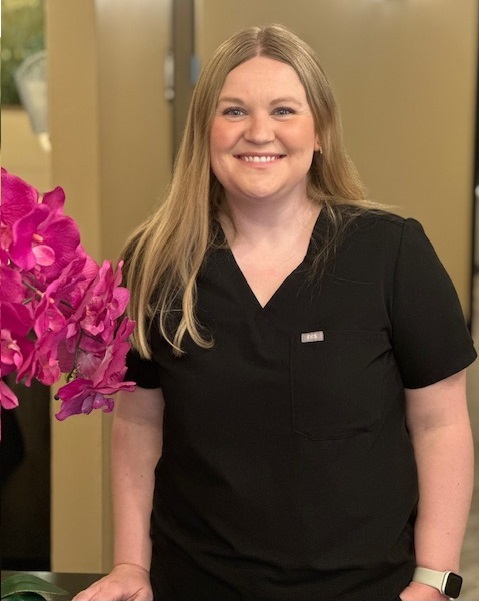


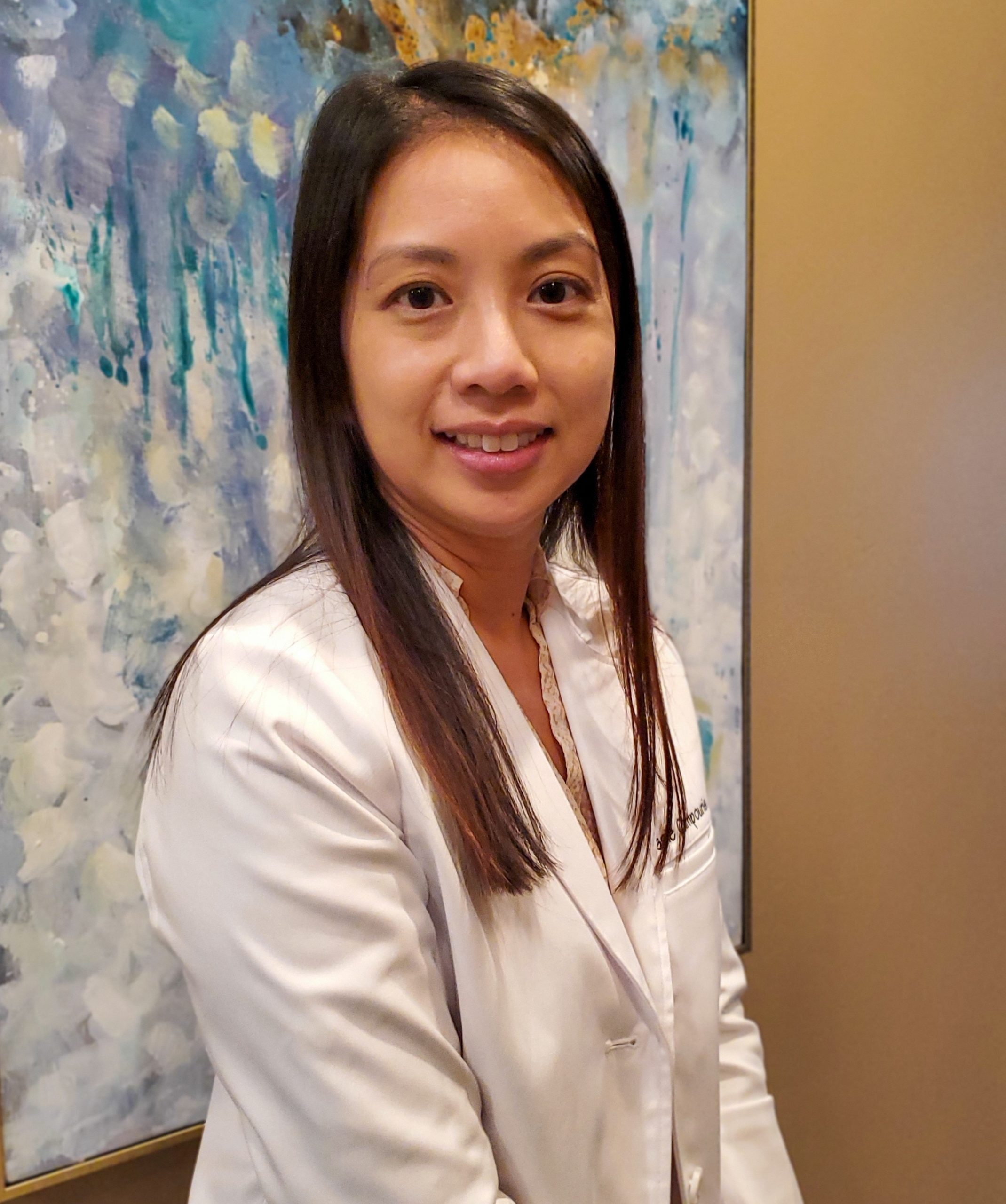
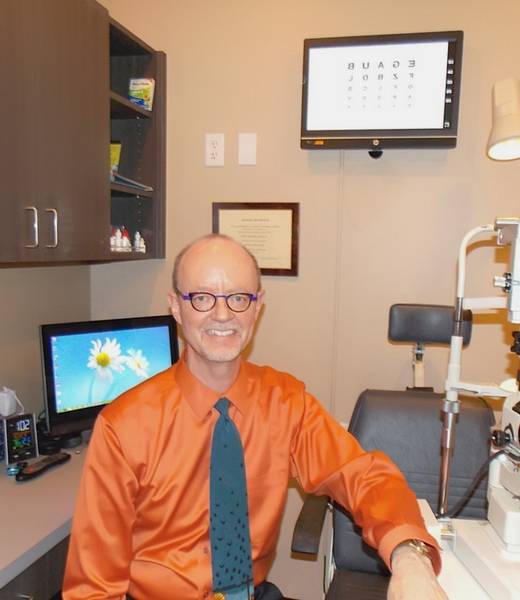
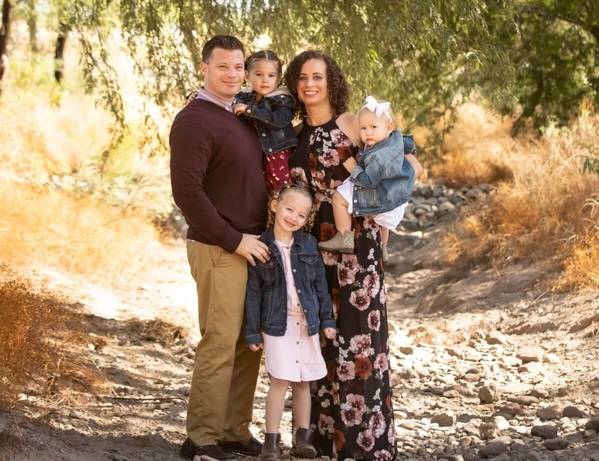
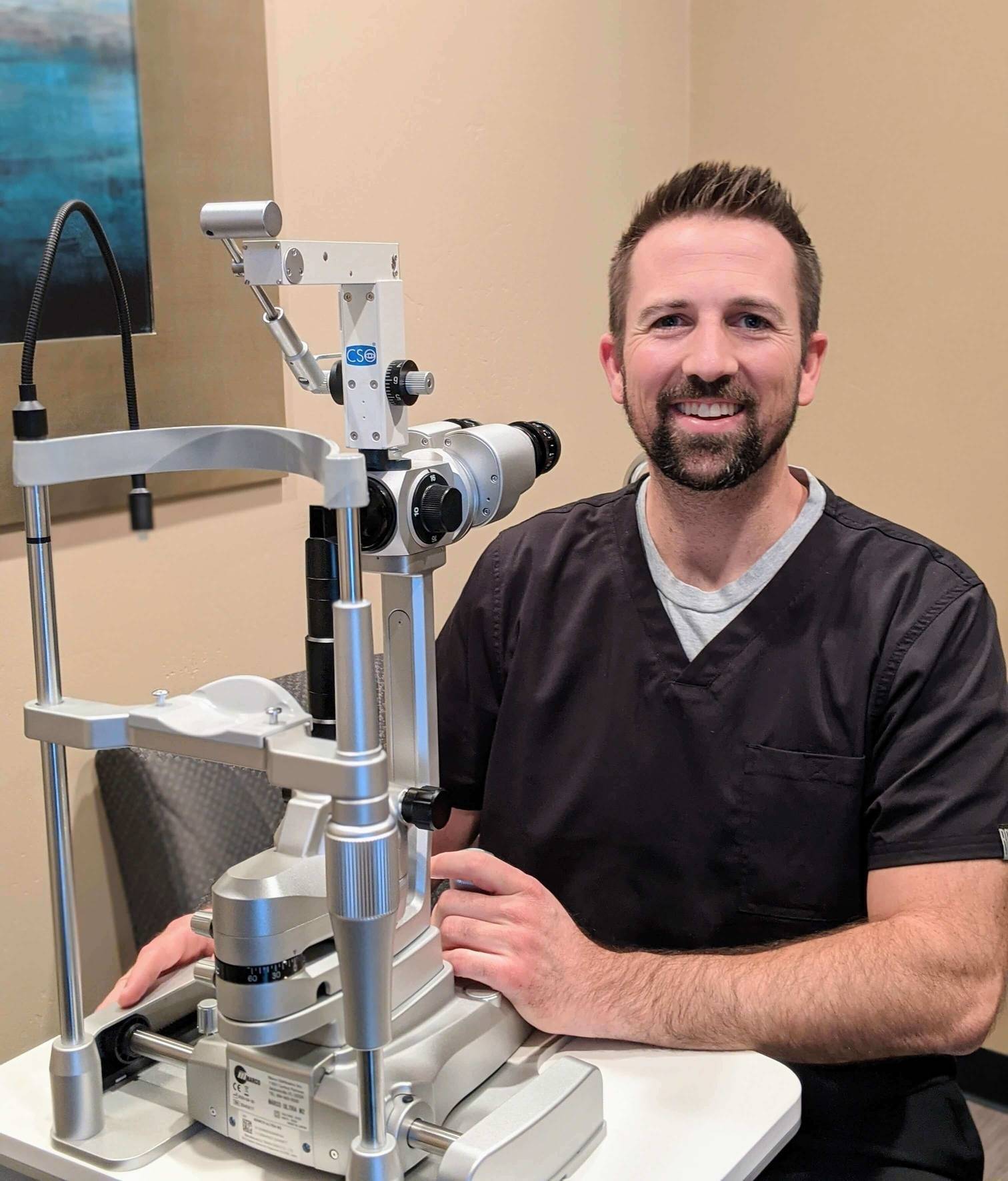
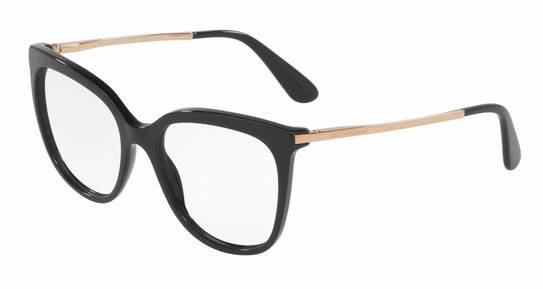






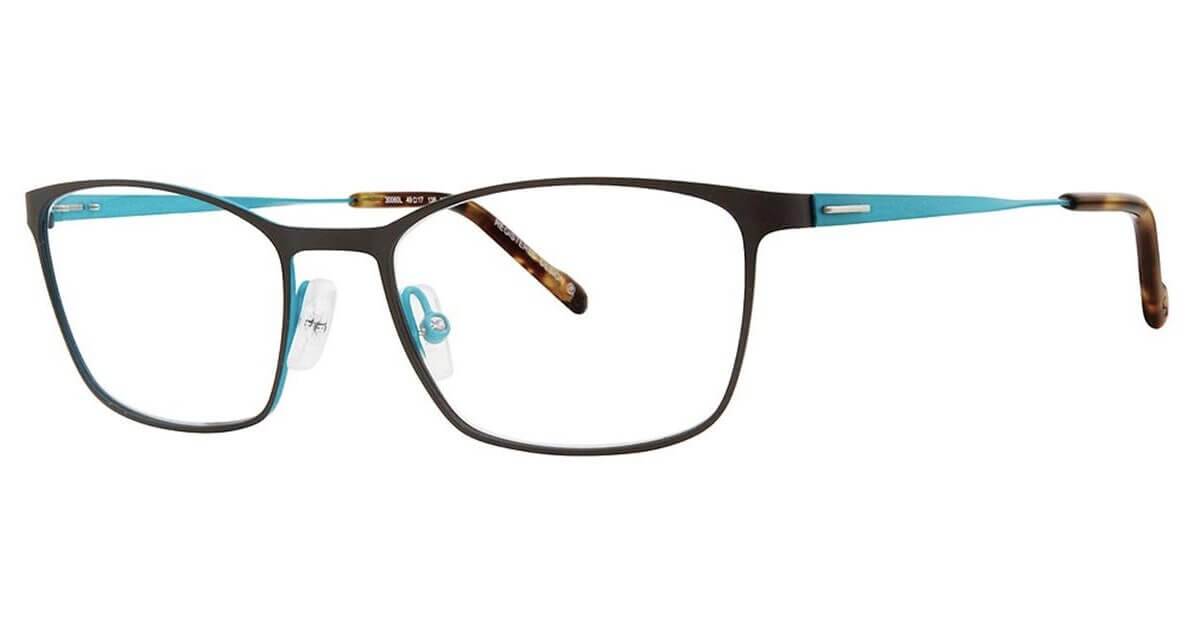

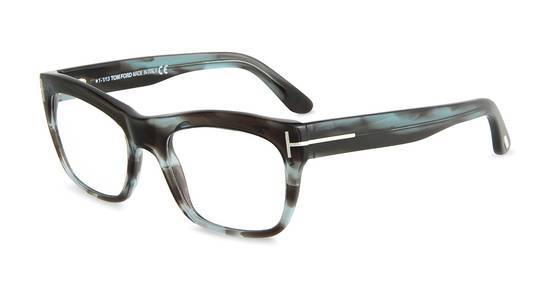
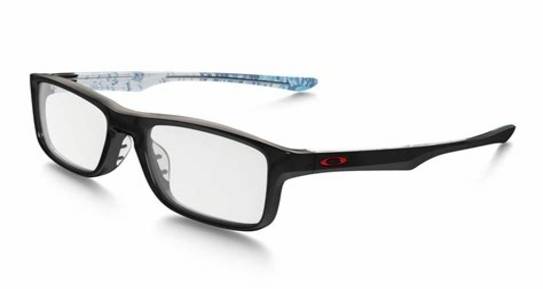
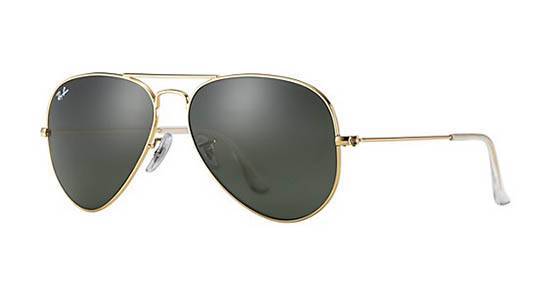
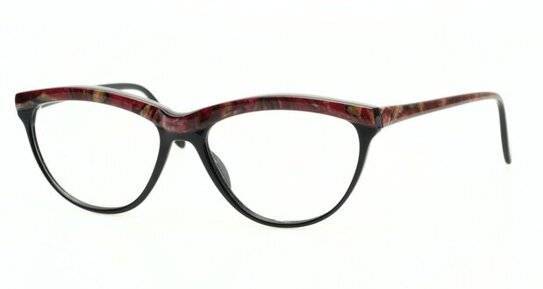
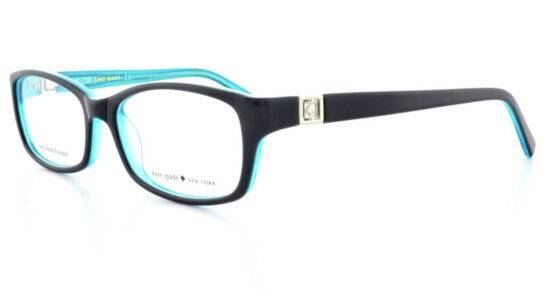
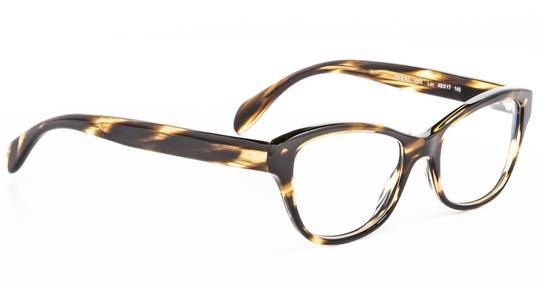
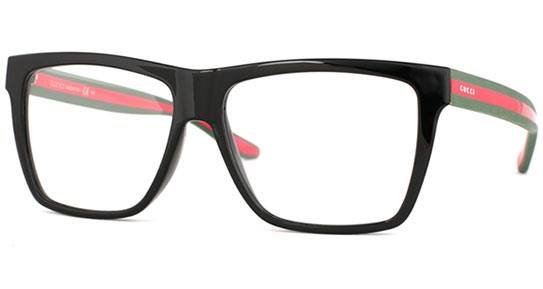
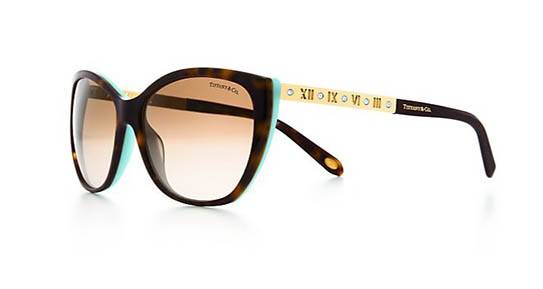
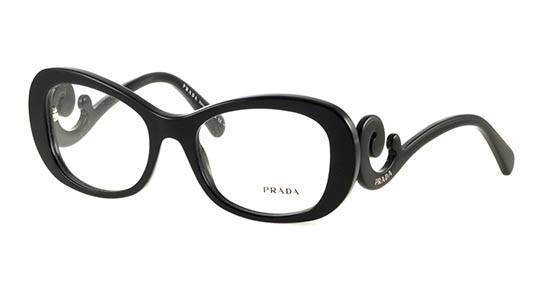
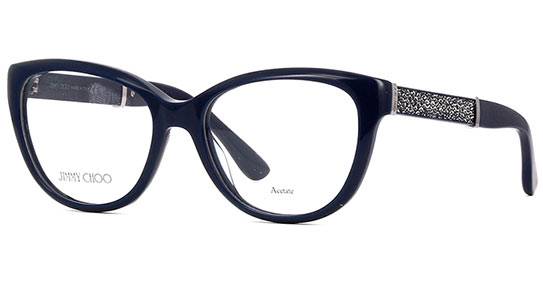
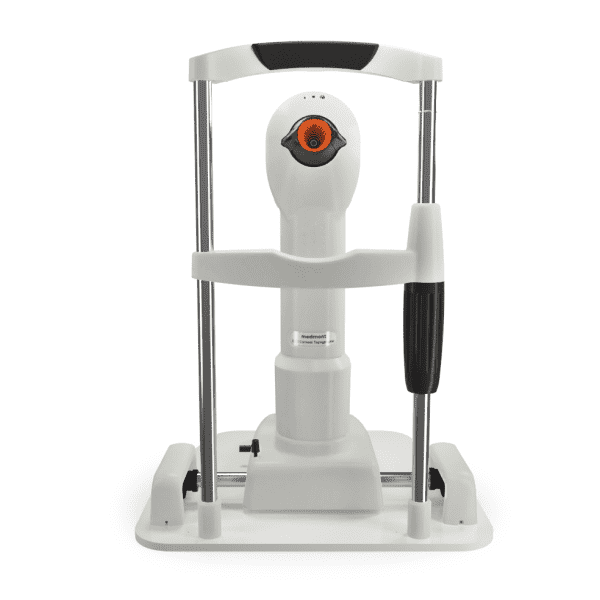
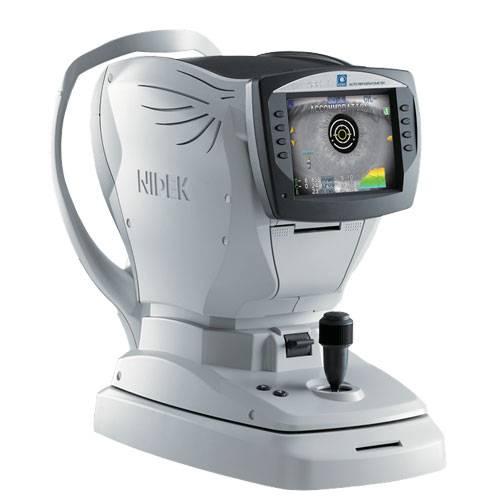
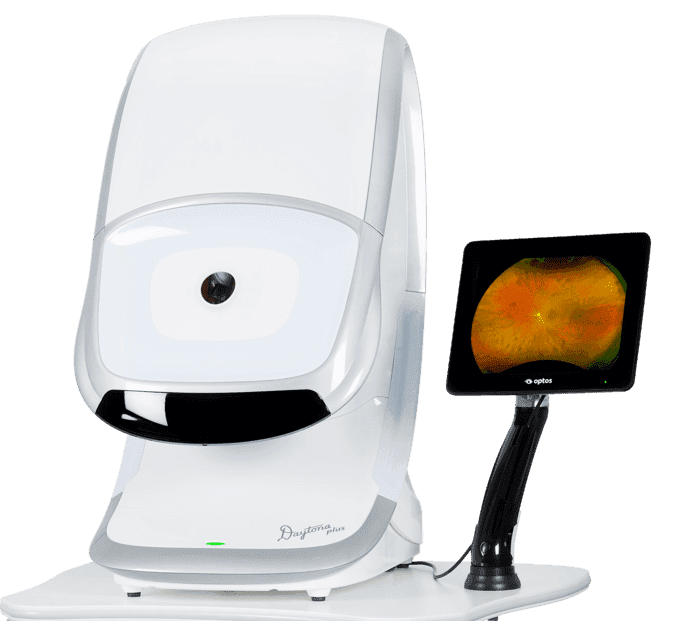
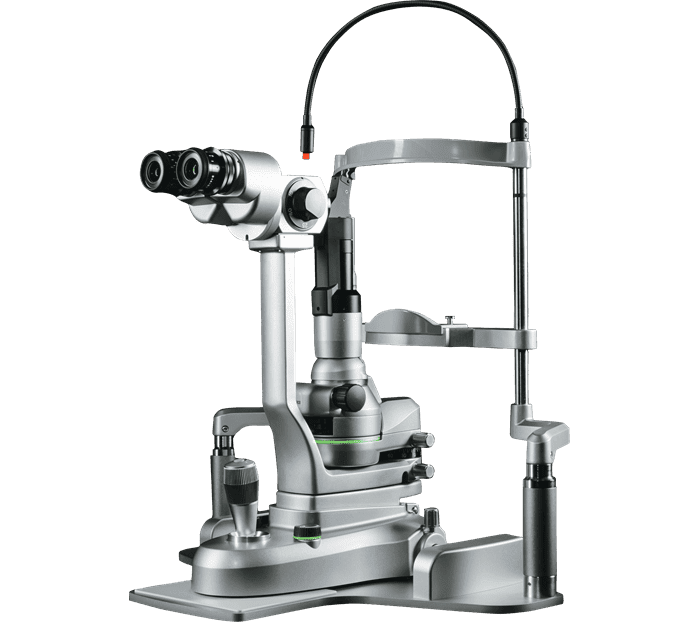
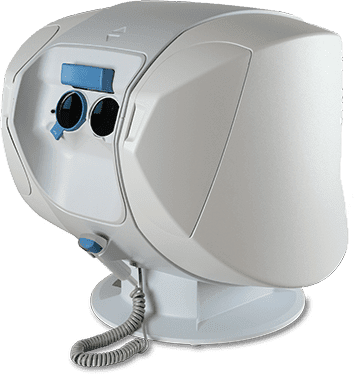
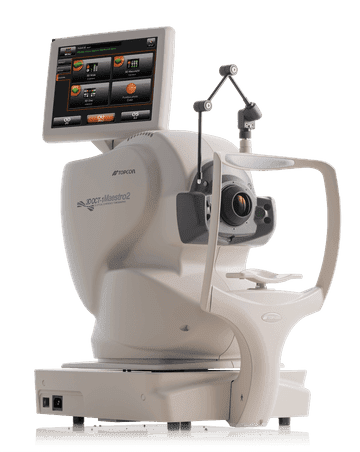
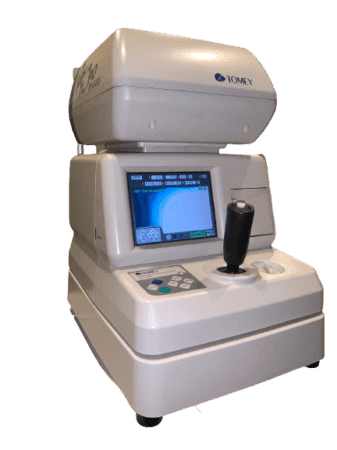
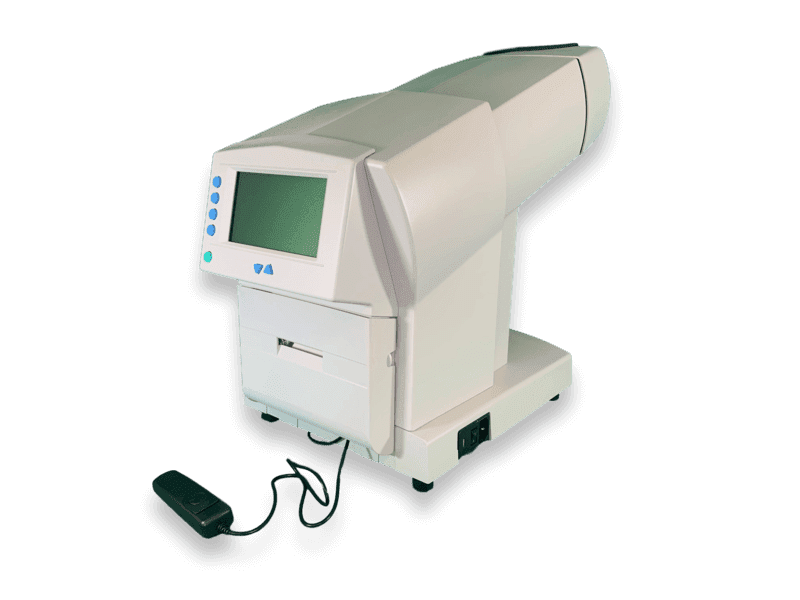
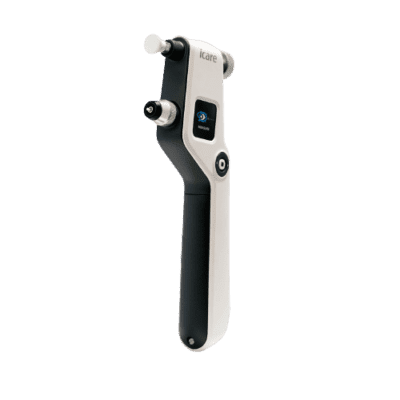
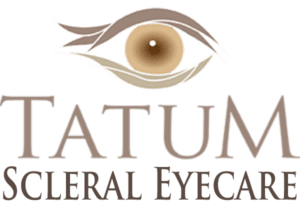
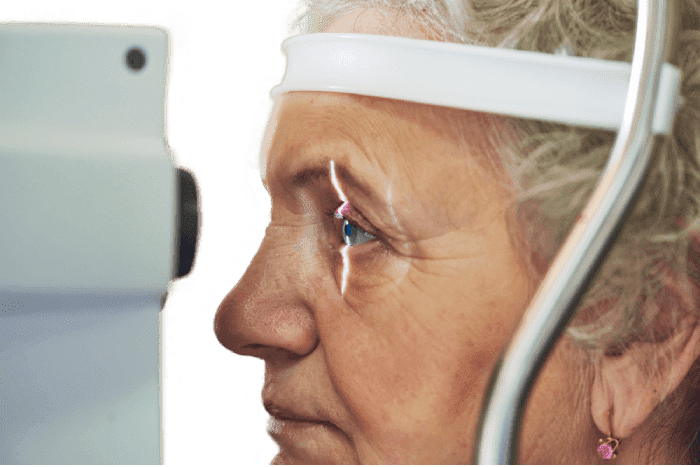
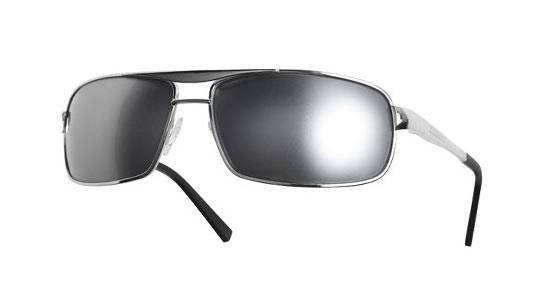 Dillon Optics, the performance eyewear arm of Dillon Precision, have a unique non-reflective, matte lens appearance incorporated with NIR lens technology. This produces noticeably sharper clarity, and protects the lens from damage and harmful environmental conditions. Perfect for outdoor sports and activities where precision vision is required. Tatum Eyecare carries a wide variety of Dillon Optics eyewear.
Dillon Optics, the performance eyewear arm of Dillon Precision, have a unique non-reflective, matte lens appearance incorporated with NIR lens technology. This produces noticeably sharper clarity, and protects the lens from damage and harmful environmental conditions. Perfect for outdoor sports and activities where precision vision is required. Tatum Eyecare carries a wide variety of Dillon Optics eyewear.




